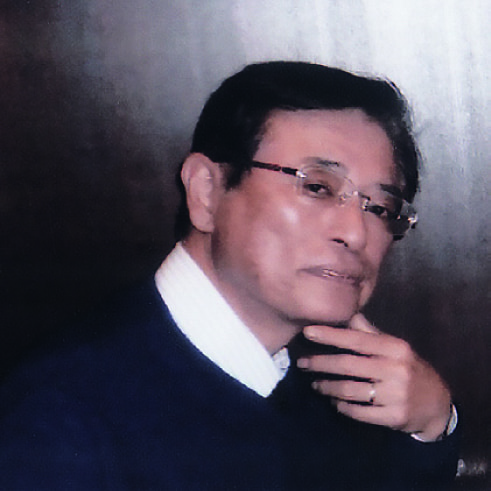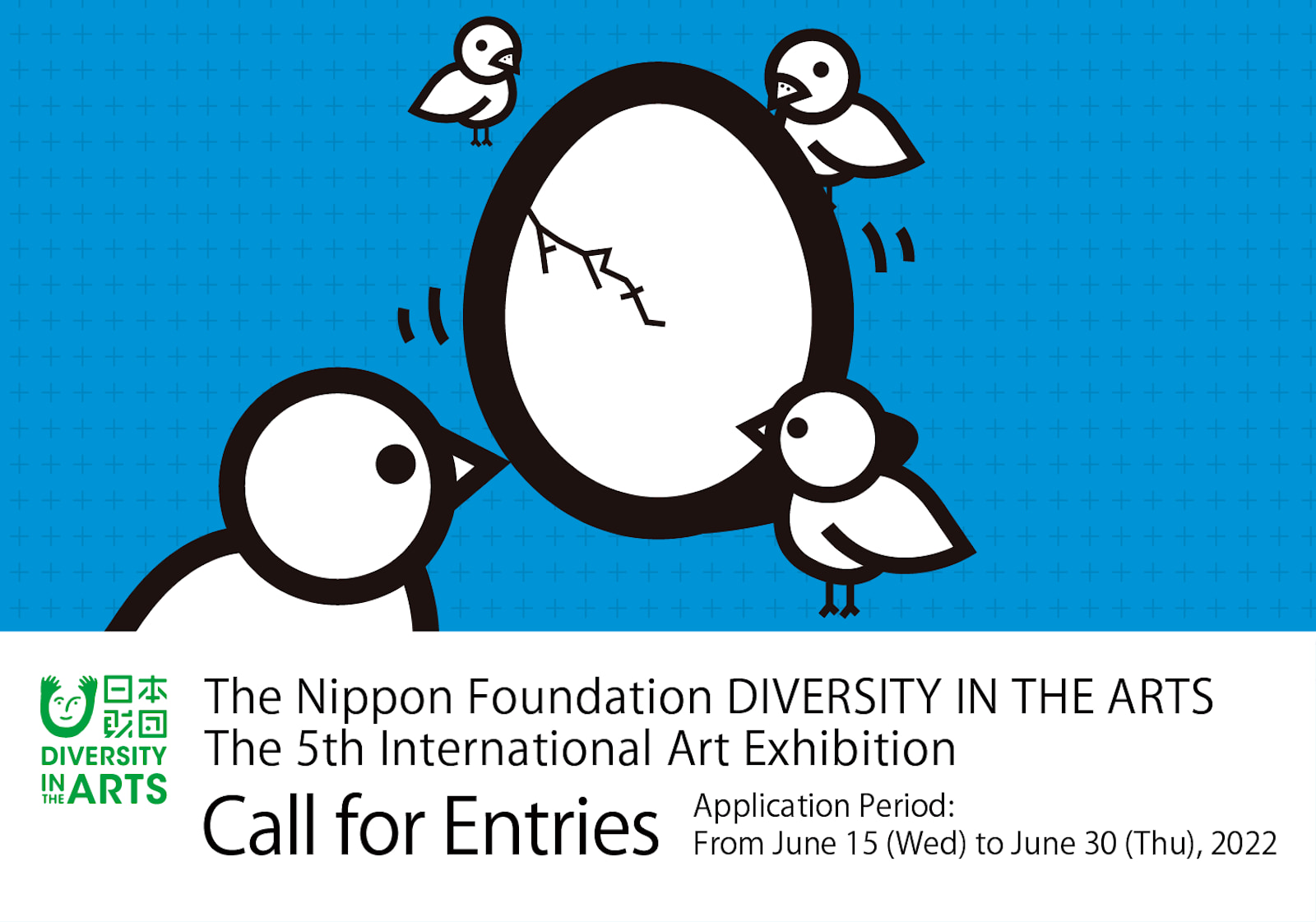What is The Nippon Foundation DIVERSITY IN THE ARTS International Art Exhibition?
The Nippon Foundation DIVERSITY IN THE ARTS is a project promoted by The Nippon Foundation, with the aim of realizing, through support for the realm of artistic activities of people with disabilities, an inclusive society in which everyone can participate.
We have been carrying out various projects to convey the significance and value of diversity to a wider audience in society, including a wide variety of exhibitions that are not bound by existing forms, and offering proactive and cross-sectional information.
The Nippon Foundation DIVERSITY IN THE ARTS International Art Exhibition is a part of this project.
This project leverages the power of art to encourage interaction among all people, with or without disabilities, share the excitement and joy, and help people with disabilities discover their potential. To that end, the project is committed to providing opportunities for people with disabilities to engage in artistic activities, unearthing artistic talent, supporting activities of these artists, and broadly communicating the significance and value of diversity to all of society.
Application form can be downloaded from here
Guidelines for Overseas Entries
Entry regulation
Artworks produced by people with disabilities inside or outside of Japan.
Artworks that have previously won awards are not eligible for entry.
Eligible applicants
- Artist responsible for creating the artwork
- Person with the parental authority (in the case where the artist is a minor)
- Guardian
- Juridical person entrusted with the right to use the entered artwork
Number of entries
Up to three artworks per artist
Specifications
<Categories>
Two-dimensional artworks (painting, illustration, graphic design, calligraphy, photograph), three-dimensional artworks (plastic art), etc. There are no restrictions on materials and subjects.
【Unacceptable entries】
- Artwork that has won an award in the past
- Artwork made of perishable materials (fresh flowers, etc.)
- Artwork using hazardous materials (explosives, poison, etc.)
- Artwork made of fragile materials (cannot be stored and exhibited)
- Artwork that may infringe on privacy rights, right of publicity, copyright, or trademark rights
*Prior to submitting your application, please confirm with the relevant rights holder if it is permissible to use protected materials in your artwork.
*The organizer shall bear no responsibility for any damages that may be incurred by the use of such materials in the entered artwork.
【Cases where entry or award is cancelled】
- Application arrives or is received outside the application period
- Application is insufficiently filled out
- Photograph of the artwork isn’t attached to the application form
- It has been found that the artwork is ineligible for entry
- It has been found that not all of the application conditions have been met
<Framing>
Do not frame the artwork. Frames can be prone to breaking and the cost of transporting the artwork could be high.
<Size and Weight>
Due to the limited exhibition space, the maximum size and weight allowed are as follows:
2D
Portrait: Maximum height 200 cm × Maximum width 120cm
Landscape :Maximum height 120 cm × Maximum width 200cm
3D
Maximum height 200cm × Maximum width 150cm × Maximum depth 150cm
Maximum weight 50kg
*The maximum length for the longer side is 200 cm, and the maximum of the total length of the longer side and the shorter side is 320 cm.
*As a rule, photography artwork must be larger than yotsu-giri size (254 mm x 305 mm). The method of printing and size will also be taken into consideration in the screening.
Application fee
Free (The applicant is responsible for shipping costs when submitting artworks.)
Application conditions
- Selected artworks (Award-winning Works, Overseas Works Award, Winning Works, and Honorable Mentions) can be lent to the organizer [up to one year]
- Consent must be given for selected artworks to be used for the following purposes:
−Display at the Exhibition of Selected Artworks, as well as in publicity for the exhibition, in the Catalog of Selected Artworks, and in the records of the organizer
−Posting on the website and SNS of the organizer, and other media
- Confirmation of and agreement to the entry regulations, specifications, and application conditions must be given
Selection method
【Primary screening (Document screening)】
Screening is done based on submitted application (one copy of A3 size [297 mm x 420 mm] document).
*Photographs or any documents not attached to the prescribed application form will not be accepted.
【Final selection (Selection by original artworks)】
Selection is based on original artworks.
Award winners’ privileges
|
Awards |
Publication in and presentation of the Catalog of Selected Artworks | Display at the Exhibition of Selected Artworks | Invitation to the Awards Ceremony |
|
Award-winning Works (6) |
◯ | ◯ | ◯ |
| Winning Works (43) | ◯ | ◯ | − |
| Honorable Mentions (50) | ◯ | − | − |
-
Exhibition of Selected Artworks will be held in Tokyo, Yokohama, and Osaka
-
Transportation and accommodation expenses for attending the Awards Ceremony will be paid for by the organizer.
- Shipping costs for returning the selected artworks will be paid by the organizer.
Period for accepting applications
From June 15 (Wed) to June 30 (Thu), 2022
<Email Applications Deadline>
5:00 pm on June 30 (Thu) in Japan Standard Time
*Please be aware that applications received outside the application period will not be accepted.
Application method
Please apply by filling in the required fields on the application form, and sending the completed form via postal mail or email.
- The primary screening will be done based on application forms. Please do not send your artwork. If any artwork is received, it will be returned by collect on delivery.
- Please complete a separate application form for each artwork.
- When making a photocopy of the application form, please do not reduce the size. Make the copy on an A3 size (297 mm x 420 mm) sheet or two A4 size (297 mm x 210 mm) sheets by using one A4 size sheet for each side of the form.
- If you are entering more than one artwork, please send all of the application forms in a single mailing.
- If you are sending the application forms via postal mail, please write the number of artworks being entered on the back of the envelope. If you are sending the application forms via email, please write the number of artworks being entered in the main text portion.
- Application forms will not be returned. Make sure to keep a copy of your completed application forms.
Mailing address for sending applications
- Email: contest@diversity-in-
the-arts.jp - Postal mail: The Nippon Foundation DIVERSITY IN THE ARTS
Chiyoda North Building 4F-E
13-38, Naniwa-cho, Kita-ku
Osaka, JAPAN
530-0022
Handling of personal information
Please be aware that in submitting your application, you are consenting to the use of personal information provided on the form for the purposes described below.
- Notifications regarding this project, delivery of artworks or documents, information related to the projects, including projects for the next fiscal year and beyond
- Posting the names of artworks and artists (pen names) in the Exhibition of Selected Artworks of this project, the Catalog of Selected Artworks, information media issued by the organizer, and other types of media
- Any operational work necessary for this project, as well as research and analysis for the improvement of this project and other projects conducted by the organizer
- For this project, providing, to the extent deemed necessary, the submitted personal information to companies to which operations have been outsourced, under appropriate management and protective supervision by means of a contract or other arrangement
*In cases where the use of personal information is outside the scope of the abovementioned purposes, consent will be obtained from the applicant beforehand, except in cases where it is requested under the laws or regulations.
Jury Panel (Japanese alphabetical order by surname)
AKIMOTO Yuji
Director of Nerima Art Museum / Professor Emeritus of Tokyo University of the Arts / Chief Executive Director of 21st Century Museum of Contemporary Art, Kanazawa / Professor Emeritus of Tainan National University of the Arts
Born in 1955. Graduated from Faculty of Fine Arts, Tokyo University of the Arts. He worked for the Benesse Art Site Naoshima project from 1991 to 2006. He was appointed to the posts of Director of the Chichu Art Museum and Artistic Director of Benesse Art Site Naoshima in 2004. From April 2007 to March 2017, he served as Director of the 21st Century Museum of Contemporary Art, Kanazawa. From April 2015 to March 2021, he was Professor and the Director of the University Art Museum, Tokyo University of the Arts. Since April 2018, he has held the position of Director of Nerima Art Museum. He has directed many projects and exhibitions including: Art House Project in Naoshima; Chichu Art Museum; Standard Exhibition, Naoshima Standard 2 Exhibition in Naoshima; Kanazawa Art Platform 2008; International Triennale of Kogei in Kanazawa and Taiwan; Art Crafting Towards the Future in Kanazawa and New York; Japonismes 2018 YU-ICHI INOUE Exhibition in Paris and Albi; Art As It Is: Expressions from the Obscure in Tokyo; YU-ICHI INOUE Exhibition in Beijing and Shanghai. Since 2021, he has directed GO FOR KOGEI, a celebration of craft across three prefectures in the Hokuriku region, and KUTANism.
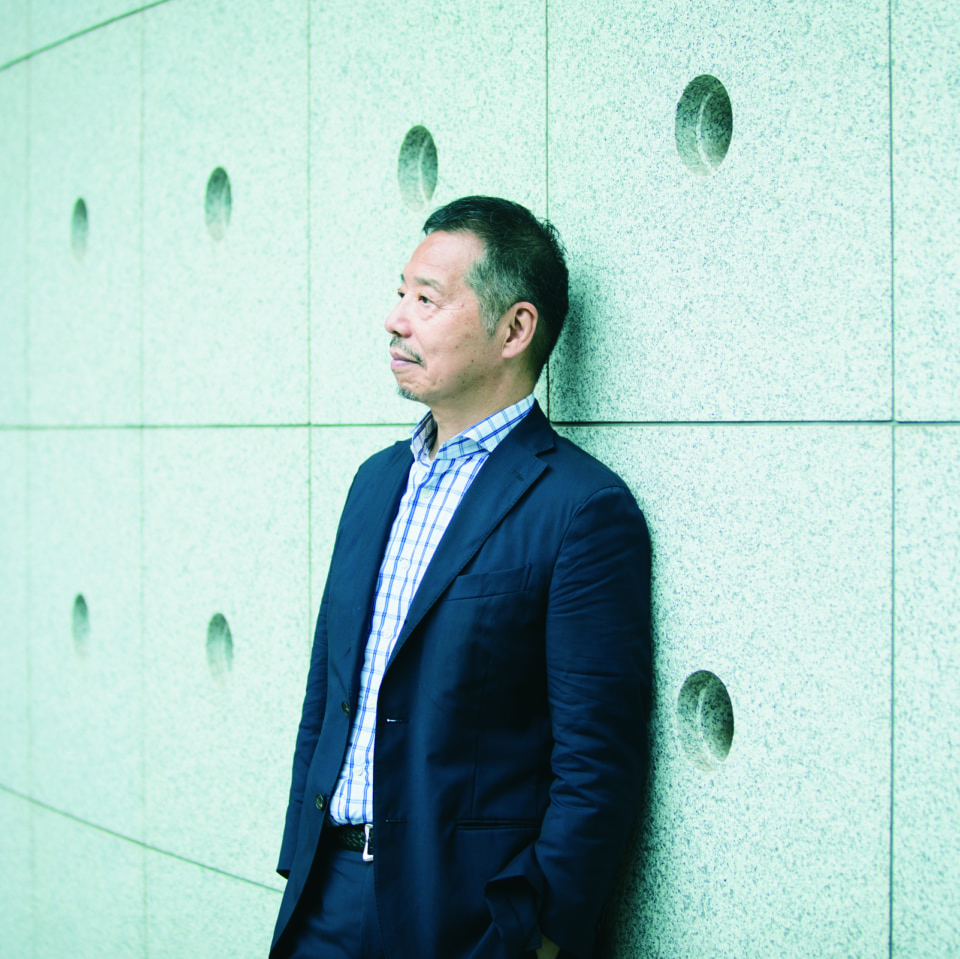
photo by KAMADO
UEDA Baron
Founder of FR/LAME MONGER / Illustrator
Born to a family that had a grandfather who was an artisan of Nishijin-Ori [traditional textile produced in Kyoto]. Since 2000, he has been creating illustrations of characters with unique eyes branded as “Baron-Eye” in solid bold lines drawn with digital tools. His works are popular for their composition, which gives a feeling of aggressive depth while being flat in its expression, and also for their pop and cartoon-like style. His works are widely seen in Japan as well as abroad in advertisements, publications, games, media, and large-scale wall paintings. He also designed characters for Gentosha’s Interactive Psychology Game JIN-ROU. He uses traditional Japanese techniques, as well as gilded paper and digital expression to create such works as the huge silkscreen print HACHI for a tea-ceremony house in Kyoto, Fujin Raijin [God of Wind and God of Thunder], and golden Maiko [apprentice geisha in Kyoto]. He was ranked No.3 in the LIMITS Digital Art Battle World Grand Prix 2017. His first anthology EYES was released by Genkosha.
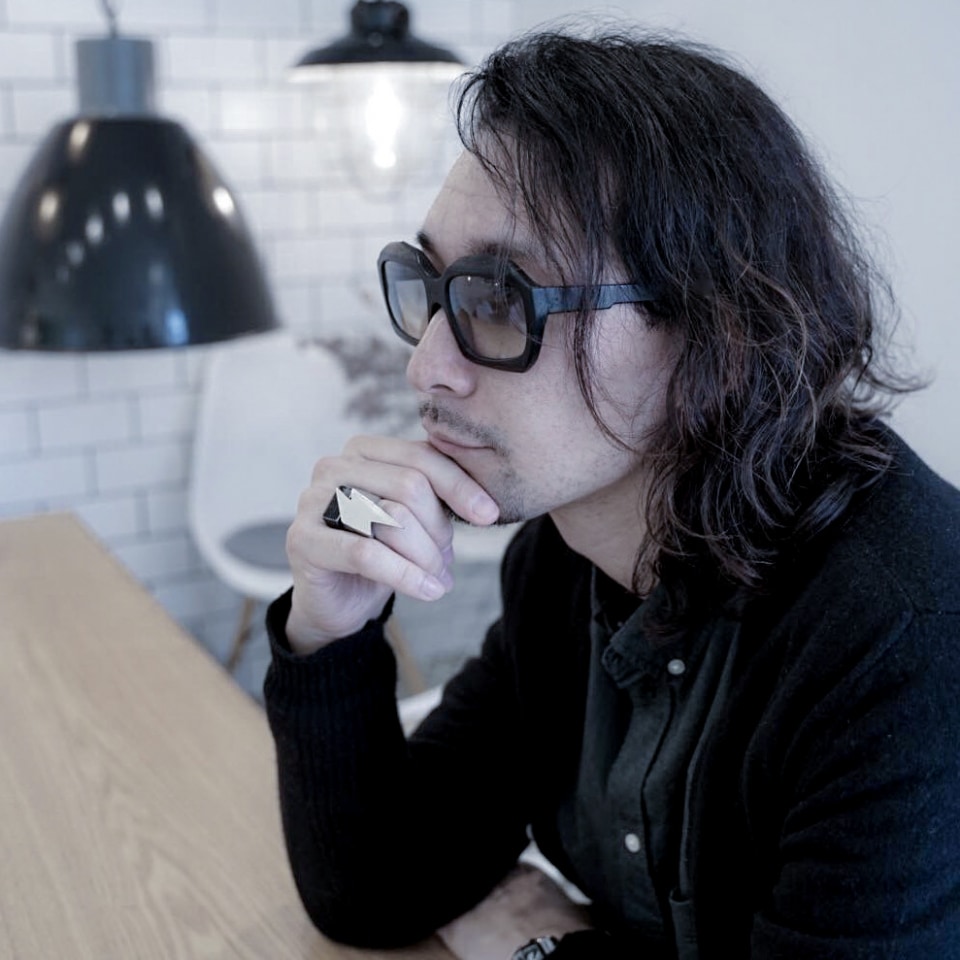
Edward M. Gómez
Founder and Chief Editor of brutjournal
Edward M. Gómez is an art journalist, critic, curator, and graphic designer. He is the founder and chief editor of brutjournal (www.brutjournal.com), a new art magazine, and the former senior editor of the outsider-art magazine RAW VISION. He has written articles and essays and provided photographs for The New York Times, Art + Auction, Art & Antique, Folk Art Magazine, Hyperallergic, Brooklyn Rail, The Japan Times, Nikkei Asia, and many other publications. He is based in New York and Tokyo. Member of the Advisory Council of the Collection de l’Art Brut in Lausanne, Switzerland.
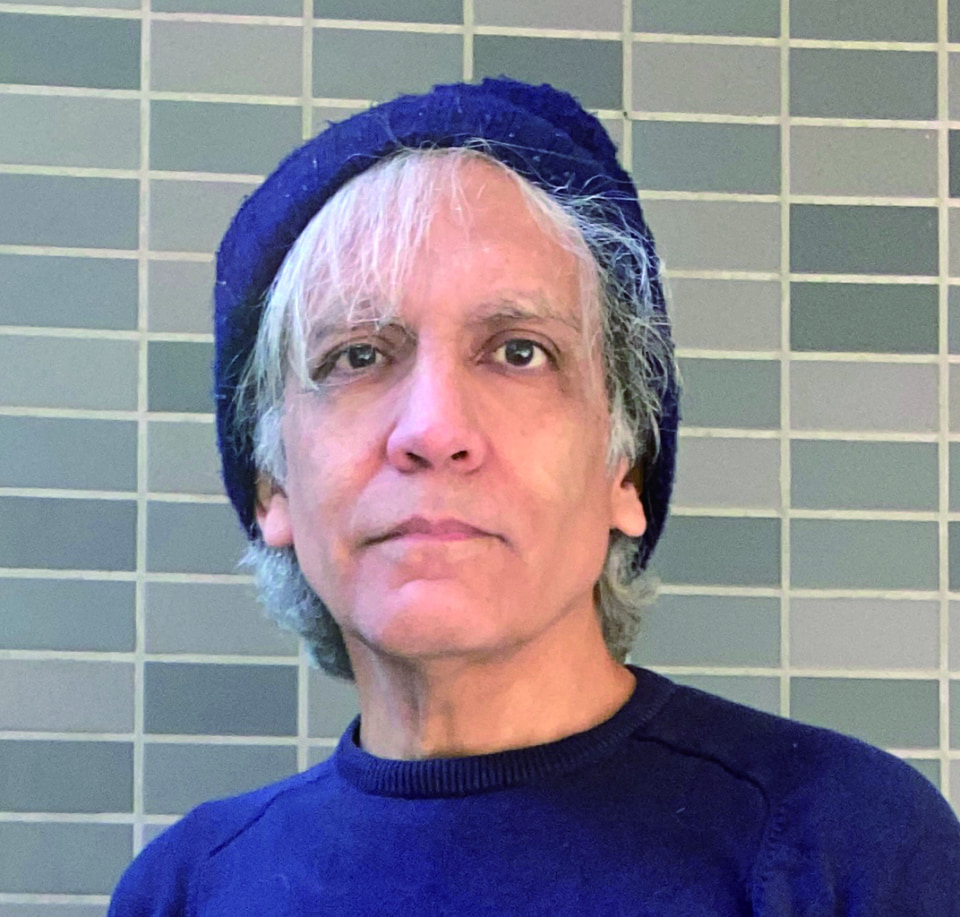
NAKATSUGAWA Hiroaki
Artist / Art Director
In addition to his creative activities as an artist, he engages in efforts that question the relationship between art and society in a wide range of fields. Through initiatives such as expression activity workshops, barrier-free art studios, art history workshops, and lectures, he conveys the meaning and importance of human expression. He has engaged in many endeavors in art studio direction and exhibition planning, production, and curation; curated the Taro Okamoto et L’Art Brut at the Taro Okamoto Museum of Art in Kawasaki; and served as art director for the BiG-i Art Project Selected Works Exhibition. He currently holds the positions of president of Hyogenkatsudo lab Lascaux, president of Art InterMix, director of Get in touch, director of Art de Vivre, and director of Able Art Japan.
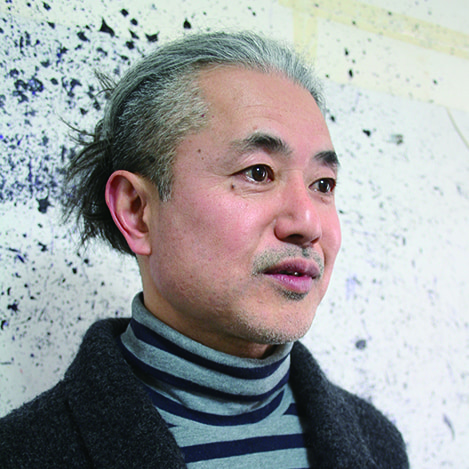
NAGANO Ikko
Photographer
Member of Japanese Professional Photographers Society (JPS), representative for Kyoto Yomiuri Photo Club, and a judge of photo contests, etc. Born in Kyoto in 1945. Became a freelance photographer after working in the planning department of a printing company. Based in Kyoto and has photographs of fine arts and antiques, architecture, food, traditional crafts, and human documentary appear in numerous publications and magazines.
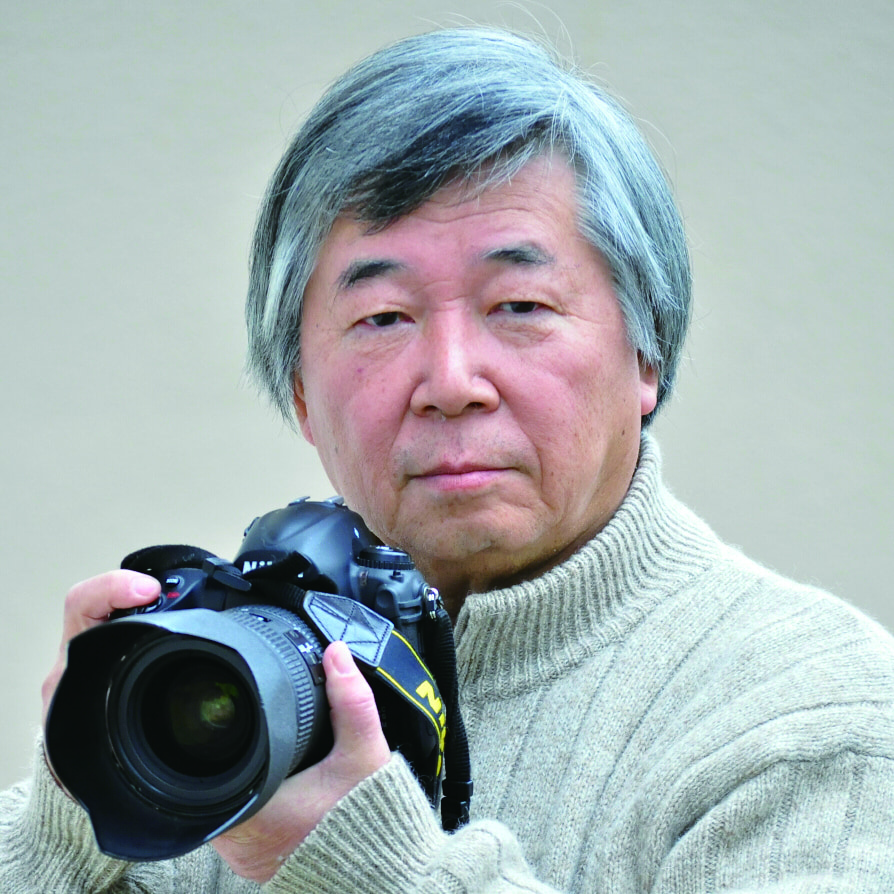
MOCHIZUKI Kyoshu
Calligrapher
Born in Himeji City in 1949 and graduated from the Department of Calligraphy, Faculty of Education, Niigata University. He is currently a lecturer at Himeji Municipal Koko Gakuen College and serves as a display manager of the Exhibition of Kansai Representative Artists. He took on the current post after serving as an administrative committee member and Grand Prize selection committee member of the Mainichi Shodo Exhibition. He is also general manager of the Kinki Region of Dokuritsu Shojindan Foundation’s Kinki branch and an administrative committee member of Himeji Bijutsu Kyokai [art association]. Among the awards he has received are the Mainichi Shodo Exhibition Grand Prize and the Dokuritsu Shojindan Foundation Member Award. In addition to carrying out his duties as chair of Kyoshu Shohokai [calligraphic association], he is continuing to develop his ideas on calligraphy through giving lectures on the sense of writing after a model and the creativity of calligraphy, and gathering research, as a calligraphy artist and commentator. He is also the author of Kotsu ga wakareba daredemo kakeru [Anyone can write calligraphy, once you learn these tricks] and other publications.
